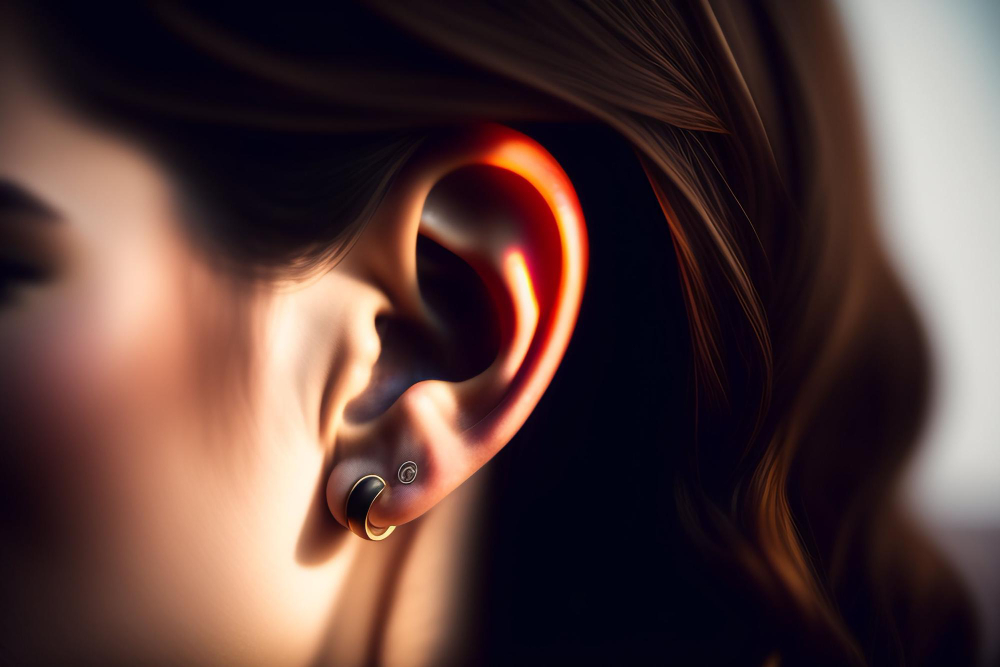
Don't Get Stuck in the Waiting Room!
Register Online Before Arriving.
We have up-to-date schedules, contact information and allow you to make appointments online.
Ear Aesthetics (Otoplasty)
The thermal plaster placed on the nose is removed in the 1st week after surgery. Likewise, if there are stitches to be removed, they are removed in the 1st week. After the plaster is removed, taping can be done if necessary depending on the condition of the nose and it is kept for 5 days.
These include macrotia (large ears), inadequate anthelix (the area of the ear that bends backwards), deep concha (the base of the ear) and a more lateral angulation of the ear compared to the level of the head. This condition is inherited at birth and is observed developmentally.
Corrective surgery is called “otoplasty” and local anesthesia (injection of anesthetic around the ear using a fine needle) is usually an appropriate numbing technique. General anesthesia may be given to small children and adult patients with compliance problems. In the surgery, the skin behind the ear is removed and the cartilage is shaped and the ear is restored to its new shape.
Are you or your child an ideal candidate for this surgery?
The main problem with prominent ears is that the person cannot accept this anatomical difference or is ridiculed as “prominent” in schools (social unacceptance). For this reason, adults who want this disorder to be corrected and children starting school at the age of 6-8 years are the ideal target group for surgery.
For adult patients, a rational understanding of the ear defect and the desire for a realistic ear shape represents the ideal patient.
Smoking and the use of blood thinners can reduce the success of the surgery, so they should be stopped before surgery (smoking 2 weeks, blood thinners 1 week before surgery)
What to Expect, What to Fear?
Usually this surgical procedure gives successful results. Patients who want excessive conjoined ears should be told that this situation is anatomically unnatural and should be treated accordingly.
Blood collection under the skin in the ear after surgery (hematoma) is one of the most feared complications of this surgery. In this case, infection may be added or the hematoma may cause new cartilage formation. This distorts the shape of the ear.
Excessive swollen scarring (keloid) is also a problem in otoplasty surgery performed by cutting behind the ear and is difficult to treat. These patients have a familial predisposition and are a difficult complication to prevent.
After Surgery
After surgery, the patient is usually not hospitalized overnight and is sent home. The ear is bandaged and the dressing is changed the next day. This dressing stays on for two more days. The ear is then supported with a headband. This headband is used in the morning and evening for 15 days and at night for the next 15 days.
DO YOU NEED HELP?
Request a Callback Today!
We will usually contact you within 24 hours of your request.